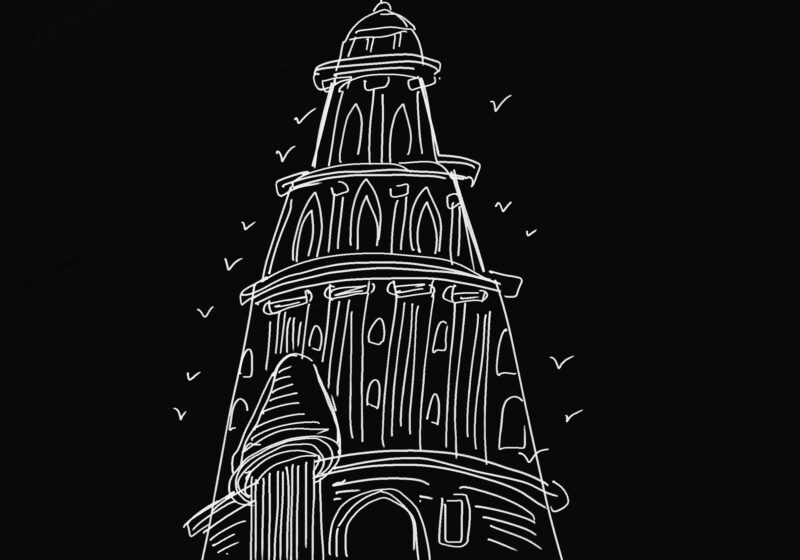3D printers are amazing things. You walk into a lab, plug in a flash drive with a bit of software, and an object that would have taken professional fabricators weeks to build appears in 30 minutes.
The process can be mesmerizing to watch, seeing your virtual design woven into reality layer by layer, the tiniest details rendered in unerring speed by the mechanical precision of robotic applicators. While they may not become the industry revolution some have imagined them to be, they are an embodiment of the future of engineering, where designs can be taken from concept to application in the blink of an eye.
But let’s be real here. I know what’s on all your minds, as you watch your creations come into being. You can’t help but think, as you see this science fiction become reality, just how great it would be, how much better it could be, if you could use this device to make the world’s most repulsively unappetizing pizza.
Come on. Admit it.
It turns out many other innovators share your secret dream, reader. 3D printers come in many shapes and sizes, from models that spit out jets of plastic like a printer, to advanced stereolithographic printers that harden photosensitive resin out of a liquid pool of polymer.
But by far the most common are extrusion printers, which melt a thin strand of plastic and “weave” it into an object, like a children’s glue gun that’s gotten itself confused with the Legos. And it turns out that you can use a lot more stuff than just plastic in this extrusion process, and for many more purposes than rapid engineering prototyping.
At the highest level, non-plastic 3D printing has been heavily considered for building materials. Recent headlines have focused on a printed cement castle built by Andrey Rudenko of Shorewood, Min. – an enthusiastic mechanical hobbiest who has stated he intends to build an entire house in this manner.
But the principle of 3D printing for construction purposes has been around for a while; the Chinese company WinSun was able to “print” 10 demo houses in under a day, using a lightweight structure built from concrete and recycled materials.
NASA and the European Space Agencies have their eyes on printing structures, too. Using a similar technique to the one used in metallic printing, the space programs would like to bind lunar and martian soil into structures usable by astronauts as a way to save on spacecraft weight and protect against radiation.
But astronauts aren’t just interested in having housing on Mars. They need a meal plan too, bringing us back around to our glorious ambitions of pizza-from-a-tube.
3D printing has been under serious scrutiny for use in long space voyages as a means of creating fresh food without the need for power-expensive refrigeration.
Storing individual components in tube form saves space, postpones expiration, and simplifies the complex food storage processes necessary for long-range spacecraft. The technology could be used to create bread, baked goods, and of course, pizza.
Astronauts don’t have the monopoly on printed food, of course. The commercially available CandyFab 4000 printer uses a similar sintering technique to the moon-printing proposal to harden caramelized candy shapes out of a vat of granulated sugar, and scientists at MIT have been hard at work on printing the perfect Oreo cookie using a modified extrusion chassis.
However, besides these few constructed culinary confections, the demand for 3D printed food isn’t high. People don’t want a pizza that takes longer to print than simply picking up the phone and calling the nearest Dominos and also happens to cost a million dollars.
in the meantime, while you’re waiting for the advancements of humanity to catch up to your dreams, you can go check out the printers in our very own Rettner Hall, hard at work on some student’s project for mechanics or engineering. And perhaps, for a fleeting moment, you can pretend that it’s printing mozzarella instead of biodegradable thermoplastic.
Copeland is a member of the class of 2015.



